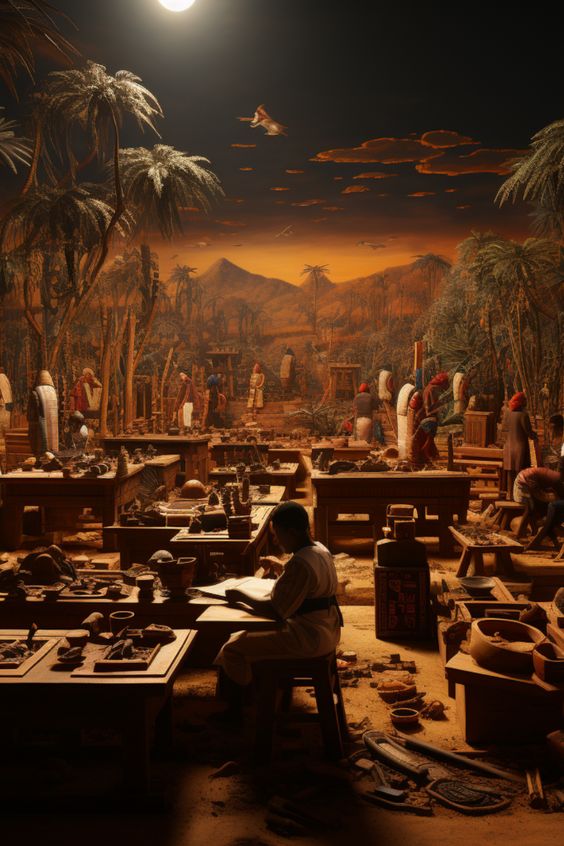Scientists use ancient Egyptian techniques to detect

Scientists have unwrapped ancient knowledge and used it to mummify a modern human. Inspired by the preservation techniques as perfected by ancient Egyptians, a team of researchers have mummified fresh tissue of a human leg donated to science and gotten interesting results, according to a study.
As reported by LiveScience, two legs were available for research to the team of scientists; one was placed in a salt solution, and the other was subjected to dry heat. The traditional mixture of salts was applied to the first leg, dehydrating the tissue and preventing decomposition. The ancient Egyptians used a blend of salt and natron (soda ash mixed with sodium bicarbonate)

The second leg was placed in a low-heat, hooded oven to replicate the hot and dry environment of the Egyptian desert. The two legs were to be compared; the ‘artificial’ ancient Egyptian chemical mummification versus ‘natural’ mummification which occurs when bodies are left in an arid environment, such as in the case of the Beauty of Loulan and other mummies of the Tarim Basin.
New Discovery Shows Egyptians Experimented with Mummification 6,500 Years Ago
The 7,000-Year-Old Chinchorro Mummies of the Andes
Art, Meds, and Fuel – The Surprising Historical Uses of Ancient Mummies
Samples from the two legs were analyzed with advanced imaging techniques throughout the processes. Approximately every three days, tissue samples were taken and thoroughly examined using microscope and X-ray imaging, and DNA analysis.

The traditional natron mummification techniques as used by the ancient Egyptians was a success on the first leg. The ancient methods proved very effective in the modern lab setting at preventing decomposition. The skin and muscle of the leg was desiccated and well preserved.
The experiment on the second leg had to be abandoned after a week, as natural mummification was not taking place in the low-heat oven. The limb succumbed to decomposition after seven days. The research team believes this was due to the fact that the experiment was taking place in Zurich, Switzerland— a significantly damper and cooler climate than found in arid ancient Egypt, or other dry locations where naturally-mummified bodies have been found. As such, a comparison of the two different mummification methods couldn’t be made. The outcome isn’t seen as a loss however.

Physical anthropologist at Democritus University of Thrace in Greece and co-author of the study Christina Papageorgopoulou told LiveScience, “We wanted to have an evidence-based methodology. The only way you can do this is by [doing] the experiment yourself.”
Mummifying the entire body rather than just the legs may have proved complicated. Papageorgopoulou explained that a whole body would have to be prepared, cut up, and organs removed.
Through forensic examinations and historical record, the Egyptian mummification process has become more understood, and is considered to be the most successful method among many developed around the world. Much of what we know about ancient Egyptian mummy-making comes from fifth century BC written accounts by Greek historian Herodotus.

He chronicled the steps taken by ancient Egyptians in preparing and preserving cadavers.
“First, embalmers would have removed the dead individual’s organs — including the brain, which would be extracted through the nose. Then, they would sterilize the chest and abdominal cavities, before placing the body in a salty fluid containing natron — a mixture of soda ash and sodium bicarbonate — which would drain the bodily fluids and prevent the body from rotting. Finally, they would swaddle the body in strips of linen and bury it in a tomb or grave,” writes DiscoveryNews
Ancient Egyptian Practice of Mummification May Have Spread to England
Modern version of ancient Egyptian practice of mummification now available
Ancient Egyptian mummy underwent ritual healing for the afterlife